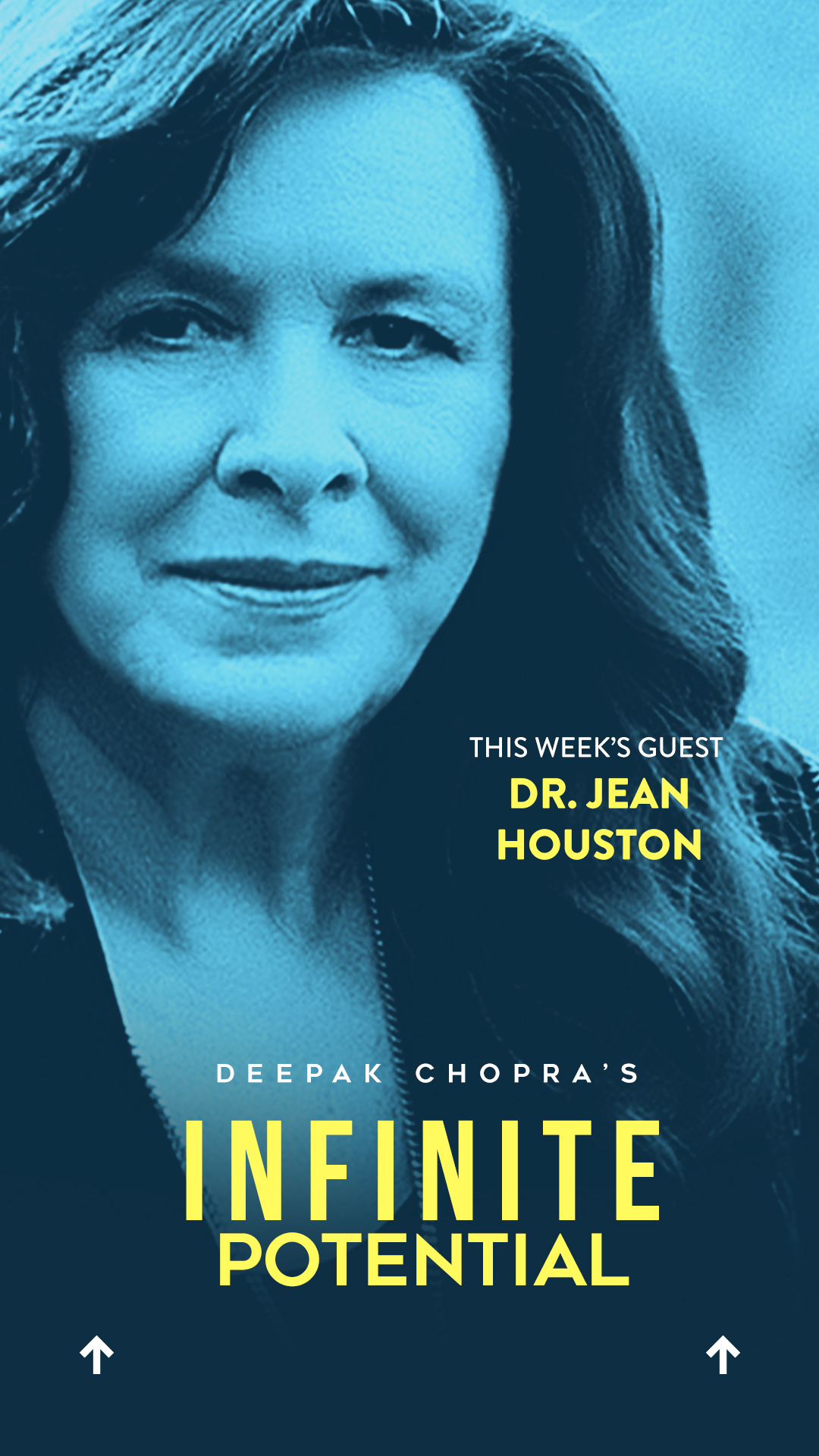By Deepak Chopra, MD
There are lots of reasons to consider the human mind is unfathomable, beginning with simple evidence like the thousands of psychology books on the market and the years of training required to become a licensed psychiatrist. But it is possible to create huge changes in how your mind is working, here and now, that do not require in-depth knowledge.
Instead, all that is needed is the habit of watching yourself. Life is about action and reaction. Very complex and tangled influences may be at work—and almost certainly are—but they mostly remain undercover. What we experience is action and reaction, which leads to each person’s unique pattern of behaving.
Looking at your behavior on the scale of months and years, or even days and weeks, is impossible, because everyone has thousands of thoughts that lead to thousands of actions and reactions. But it is very different, and much easier, to simply look at what happens next. If you look at your next reaction to anything—an incident at work, a phone call, your child running in with a scraped knee—the same thing happens next: you do something based on the past.
You possess a backlog, a virtual library, of memories that imprinted how you acted and reacted. Some people are more predictable than others in how they act and react—a frontline soldier confronts very limited options compared with a philosopher. But everyone consults a library of set responses when the next thing happens.
If these set responses work out reasonably well, most people are satisfied. They react and move on. But if you take a moment to observe your next reaction, some disturbing clues emerge about what is actually going on inside you. These observations include the following:
- Your reactions are knee-jerk and not actually thought through.
- Being the product of memory, your reaction is repeating the past rather than meeting the present moment.
- Set responses make you a robot of the past.
- If you think you are living in the present, you are the victim of an illusion.
These observations describe someone who is stuck. Stuckness doesn’t need a technical definition. Look around, and you will see people repeating themselves all the time, engaging in mindless daily routines, arguing over the same old things in relationship, feeling uncomfortable with change, and suffering pain and frustration because their lives never seem to improve.
None of that sounds desirable, so why do we content ourselves with being stuck? Again observation provides an answer. If you look at your next reaction, there is a push-and-pull between the positive and negative aspects of being stuck.
Positive: Routine makes life predictable and reassuring. Repetition is the path of least resistance. It feels safe to know where you stand. Fixed reactions remove the threat of the unknown.
Negatives: Routine is stifling and boring. Repetition is stultifying. It feels empty to think of yourself as a known quantity, with nothing new to offer. By not welcoming the unknown, all avenues of creativity, discovery, and curiosity are cut off.
If you consider the positives and negatives for a moment, there’s no contest. Everyone would want to get unstuck. Tolerating a routine, repetitive existence leads nowhere. We all know this inside, even if we have to dig deep to admit the truth. Money, skill, and status don’t make a difference, which is why doctors have a high burnout rate.
The real problem isn’t stuckness but not knowing how to get unstuck. The simple step already mentioned—observing your own reactions—is the key. Stuckness represents a surrender to unconscious habits, beliefs, and old conditioning. To undo their hold on you, you must first observe how these influences work. You cannot change what you aren’t aware of.
What should you start noticing? Very simple things, really.
- Notice when you say something you said before.
- Notice when you react the same way you reacted in the past.
- Notice when other people tune you out.
- Notice how you actually feel, here and now.
- Notice when you resort to anxiety or anger.
Many times, all you have to do is to observe these repeated reactions and they will start to dissolve and dissipate. You are exchanging an unconscious existence for a conscious one, and living consciously is both the remedy and the goal of getting unstuck. But there is also a simple action you can take. When you notice any of the reactions on the list—in other words, any obvious repetition of old conditioning—stop at once.
By stopping you tell your unconscious mind that you don’t want to operate on autopilot. What happens next? Wait and see. Most of the time, especially at first, the old conditioning will force its way back. Autopilot has had years of reinforcement. It thinks it knows what to do in any situation. Only you have the power to wake up from this fixed notion, because only your conscious mind can turn the autopilot off.
Getting unstuck requires nothing more than what I’ve described. Everyone has conscious moments, many of them in fact. No one is ever completely robotic. We sense the upwelling of love, joy, curiosity, altruism, sympathy, insight, and intuition. These are non-reactive responses. Diminish your automatic reactions and expand your responses to life here and now. Again, that is both the remedy and the goal. The fully conscious life is the best life. To discover that this is so, the place to begin is by getting unstuck.

